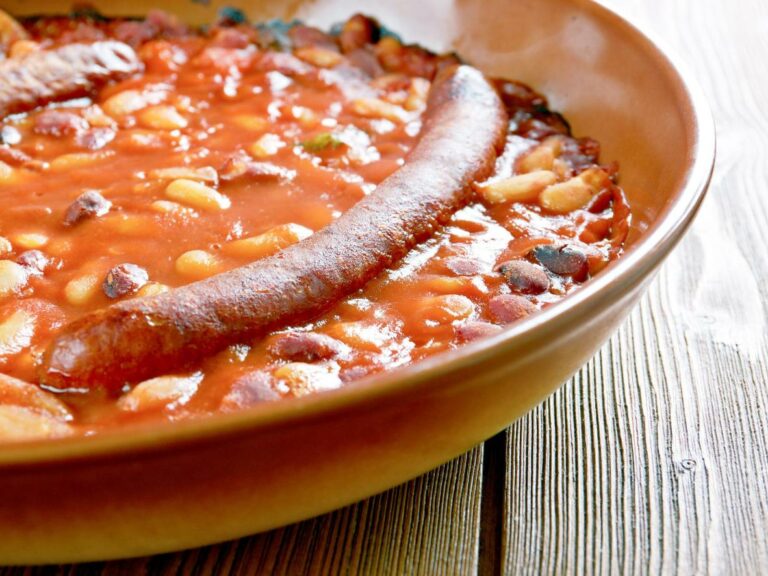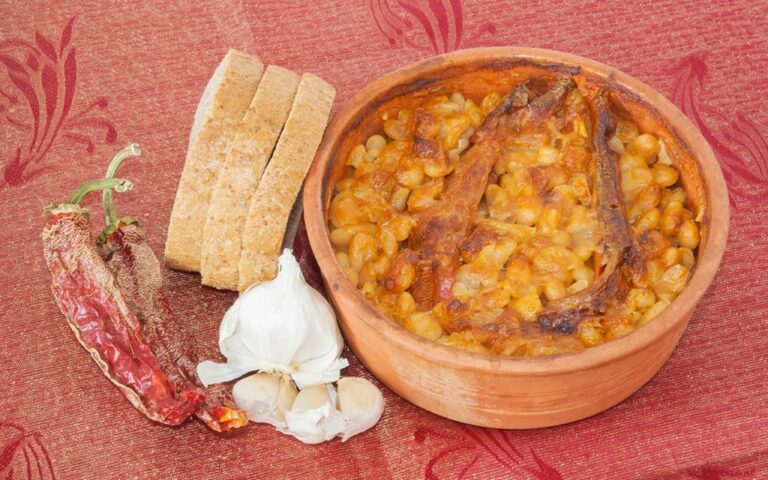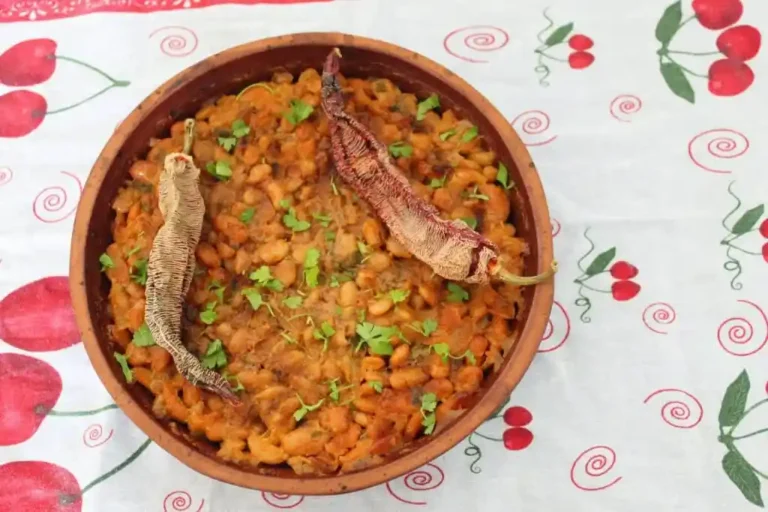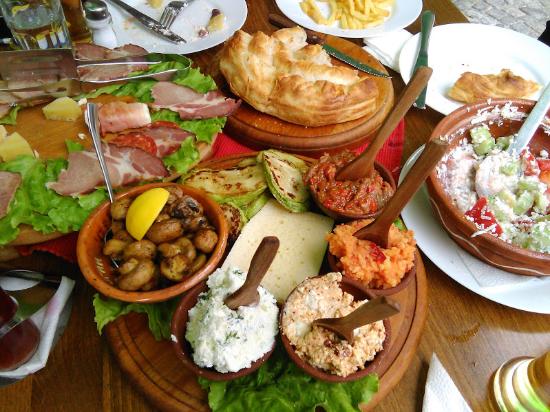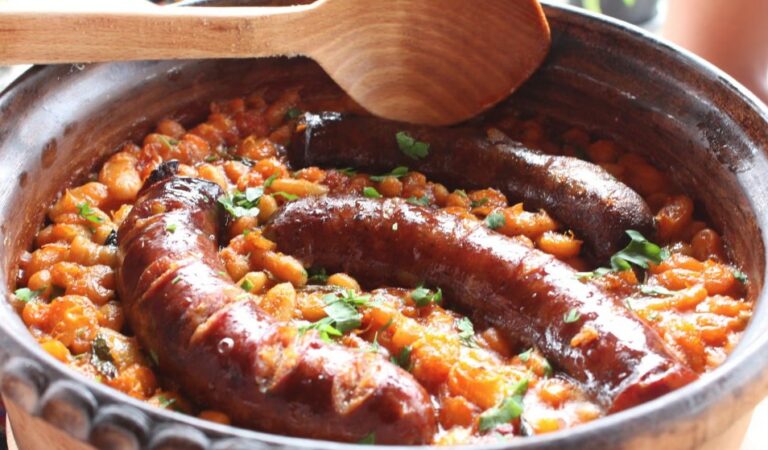The Origins of North Macedonian Cuisine
North Macedonian cuisine has its roots in the traditional dishes of the Balkan and Mediterranean regions. This is not surprising considering the country’s location at the crossroads of these two culinary worlds. Over the centuries, various cultures and ethnic groups have left their imprint on North Macedonian cuisine, resulting in a diverse and flavorful gastronomic landscape.
North Macedonian cuisine is characterized by its use of fresh vegetables, herbs, and spices, as well as meats such as lamb, pork, and chicken. Dairy products, particularly cheese and yogurt, also feature prominently in many dishes. Bread is a staple food, and is often served with dips and spreads made from vegetables or cheese.
Balkan Cuisine Influence on North Macedonian Cuisine
The influence of Balkan cuisine on North Macedonian cuisine is significant. The Balkans are known for their hearty, meat-based dishes, and this is reflected in many North Macedonian specialties. For example, tavche gravche is a popular dish made from baked beans, onions, and pork, while cevapi are small grilled sausages made from beef or lamb.
Other Balkan influences can be seen in the use of paprika, a spice that is ubiquitous in Balkan cooking, as well as in the preparation of phyllo dough pastries, such as burek and pita. These savory pastries are often filled with cheese, meat, or vegetables, and are a popular snack or breakfast food in North Macedonia.
Mediterranean Cuisine Influence on North Macedonian Cuisine
The Mediterranean has also had a significant impact on North Macedonian cuisine. The country’s proximity to the Adriatic Sea and the Aegean Sea means that seafood is a common ingredient in many dishes. Grilled or fried fish, octopus, and squid are all popular choices, as is the traditional fish stew known as riblja corba.
In addition to seafood, Mediterranean influences are also evident in the use of olive oil and fresh herbs such as oregano, basil, and thyme. Salads made from fresh tomatoes, cucumbers, and peppers are also a common side dish in North Macedonian cuisine.
Shared Ingredients in North Macedonian, Balkan and Mediterranean Cuisines
Despite the distinct influences of Balkan and Mediterranean cuisines on North Macedonian cuisine, there are also many shared ingredients. Garlic, onions, and tomatoes, for example, are used in dishes across all three regions. Yogurt and cheese are also common ingredients, as are beans and lentils.
One particularly important ingredient in North Macedonian cuisine is ajvar, a roasted red pepper and eggplant spread that is popular throughout the Balkans and the Mediterranean. Ajvar is eaten with bread, used as a condiment, or added to stews and casseroles.
Unique North Macedonian Dishes with Balkan and Mediterranean Roots
Finally, there are many unique North Macedonian dishes that draw on both Balkan and Mediterranean culinary traditions. One example is tavce na grav, a slow-cooked casserole that combines beans, pork, and vegetables with a touch of paprika. Another is ajvar, which is often served with bread as a snack or appetizer.
Other notable North Macedonian dishes include tarator, a chilled soup made from yogurt, cucumber, and garlic, and kavarma, a meat stew that includes both pork and lamb. For dessert, there is tulumba, a sweet fried pastry that is soaked in syrup, and baklava, a phyllo pastry filled with nuts and honey.
Conclusion: The Diverse and Flavorful North Macedonian Cuisine
North Macedonian cuisine is a melting pot of Balkan and Mediterranean culinary traditions, resulting in a diverse and flavorful gastronomic landscape. From hearty meat dishes to fresh salads, from savory pastries to sweet desserts, North Macedonian cuisine offers something for every palate. Whether you are a meat lover, a seafood enthusiast, or a vegetarian, you are sure to find something to love in this unique and delicious cuisine.


